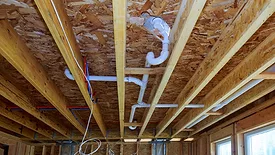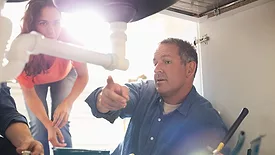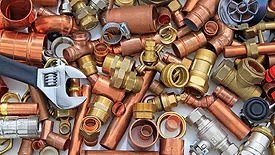Plumbing & Mechanical Top Stories
Guard on Compliance | Misty Guard
Millennials and Gen Z making gains in housing market: What this means for plumbing service companies
Appealing to younger homeowners will be the cornerstone of healthy contracting businesses of the future.
August 22, 2025
Check valves explained: Understanding different types and applications in backflow prevention
Learn about check valve types (swing, ball, diaphragm, dual-plate) and their crucial role in backflow prevention.
August 20, 2025
Renewable Heating Design | John Siegenthaler
Aesthetic, efficient and resilient: hydronics outclass multi-splits in key areas
August 20, 2025
Editorial Opinion | Kristen Bayles
More than a paycheck: why retention starts with respect
Respect and trust are the real reasons workers stay in this industry.
August 18, 2025
How plumbers can enable insurable homes and deliver peace of mind for homeowners
Coupling installation and product expertise to save money and gain trust.
August 15, 2025
Heating Perceptions | Scott Secor
Traffic and the trades: A routine job turns into a lesson in logistics, patience and priorities
August 13, 2025
No slips, no shutdowns: ensuring access with snow melt systems
How radiant snow melt systems are transforming winter safety around the U.S.
August 12, 2025
The hybrid heat advantage: decarbonizing water heating for a resilient future
Hybrid water heaters are becoming the default choice in jurisdictions racing toward net-zero.
August 11, 2025
Legionnaires' disease outbreak in New York infects more than 80
Three people have died from a Legionella outbreak that originated in a cooling tower.
August 11, 2025
Keep your content unclogged with our newsletters!
Stay in the know on the latest plumbing & piping industry trends.
JOIN TODAY!Copyright ©2025. All Rights Reserved BNP Media.
Design, CMS, Hosting & Web Development :: ePublishing

















